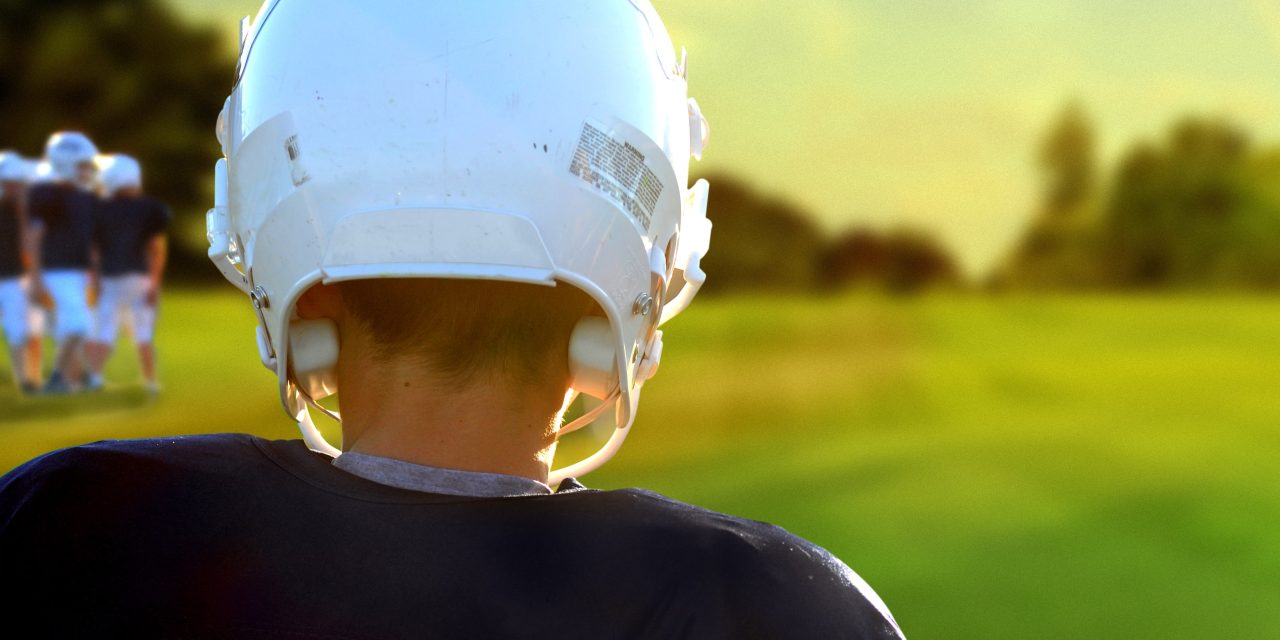With the growing awareness and understanding of concussions, it is our responsibility as athletes, coaches, parents, and healthcare providers to work together to create a safer environment for all participants in sports and recreational activities. By staying informed and taking a proactive approach, we can help reduce the incidence of concussions and ensure that those who do experience a concussion receive the appropriate care and support for a successful recovery.
Concussions can happen to anyone, whether you’re a professional athlete or just a regular person going about your daily routine. These types of brain injuries are often caused by a blow or jolt to the head that causes the brain to rapidly rotate within the skull.
When it comes to sports, concussions can be particularly concerning. Athletes in sports like football, soccer, boxing, and ice hockey are particularly at risk, as they often engage in activities that can lead to head injuries. And while helmets and other protective gear can help mitigate some of the damage, they can’t completely prevent concussions from occurring.
So how exactly do concussions work, and what are the best practices for treating and preventing them? Let’s take a closer look at the science behind this type of brain injury.
How Concussions Happen
As we mentioned earlier, concussions occur when the brain experiences a sudden jolt or blow to the head. This can cause the brain to rotate rapidly within the skull, leading to a range of symptoms.
Some of the most common symptoms of a concussion include:
- Headache
- Dizziness
- Nausea or vomiting
- Fatigue
- Confusion or disorientation
- Sensitivity to light or sound
- Memory problems
In severe cases, concussions can also lead to loss of consciousness.
One of the challenges when it comes to concussions is that they can be difficult to diagnose. Unlike other types of injuries, there isn’t a specific test that can definitively diagnose a concussion. Instead, doctors often rely on a combination of observed symptoms, patient history, and neurological tests to make a diagnosis.
Treating Concussions
Once a concussion has been diagnosed, treatment can begin. At a Physiotherapy clinic in Whitby experts take a multidisciplinary approach to concussion recovery. This means that the team works together to address every aspect of a patient’s recovery, from physical therapy to cognitive therapy and more.
Some of the treatments we use to help patients recover from concussions include:
- Vestibular Rehabilitation: This type of therapy helps patients retrain their balance and coordination after a concussion. It can help reduce dizziness and improve overall mobility.
- Cognitive Therapy: Concussions can impact cognitive function, leading to difficulties with memory, attention, and concentration. Cognitive therapy can help patients improve these skills through various exercises and activities.
- Physical Therapy: Many patients who have sustained a concussion also experience physical symptoms, such as neck pain or stiffness. Physical therapy can help alleviate these symptoms by addressing any underlying musculoskeletal issues.
The goal of these treatments is to help patients recover from their concussion as quickly and safely as possible. In some cases, patients may be able to return to their normal activities within a few weeks of their injury. In more severe cases, recovery may take longer.
Preventing Concussions
Of course, the best way to deal with concussions is to prevent them from happening in the first place. Healthcare providers should work with athletes and their teams to develop strategies for preventing head injuries on the field.
Some of the key strategies for preventing concussions include:
- Wearing appropriate protective gear: Helmets and other protective equipment can help absorb some of the impact of a blow to the head, reducing the risk of concussion.
- Avoiding risky activities: In sports like football or soccer, there are certain activities that are inherently more dangerous than others. By identifying and avoiding these activities, athletes can reduce their risk of injury.
- Following safety protocols: Many sports organizations have established safety protocols for dealing with head injuries. By following these protocols, athletes can ensure that they receive appropriate care if they do sustain a concussion.
Of course, preventing concussions isn’t just about what happens on the field. It’s also important for people to be aware of the risks associated with head injuries in everyday life. This means taking steps like wearing seatbelts while driving or biking, wearing helmets while participating in activities like skiing or snowboarding, and being mindful of trip and fall hazards in the home.
Working Together for Safer Sports
Concussions are a serious concern for athletes and non-athletes alike. Greater awareness and understanding of these brain injuries are essential to creating a safer environment for all. By working together, we can implement preventive measures, ensure proper treatment, and support recovery efforts for those affected by concussions. It is our collective responsibility to stay informed, take a proactive approach, and prioritize the well-being of those participating in sports and recreational activities. Through education, protective equipment, adherence to safety protocols, and a collaborative approach to treatment, we can minimize the impact of concussions and help those affected return to their daily lives as smoothly and safely as possible.










